
Apollo Temple in Didim Opens for Night Visits: A Journey Through Ancient Prophecies After Sunset
One of the ancient world’s most mystical and awe-inspiring landmarks, the Temple of Apollo in Didim, Türkiye, is now open for nighttime visits. As part of the Turkish Ministry of Culture and Tourism’s “Heritage for the Future” initiative, the ancient prophecy center has been illuminated to offer visitors a truly unique experience under the stars.
Myth, History, and Light in Harmony
Located in the Hisar neighborhood of Didim, the Temple of Apollo has been the focus of archaeological excavation and restoration since 1905. As of 2024, these efforts are being led by the Miletus Museum Directorate. Now, with most of the lighting and walking routes completed, visitors can immerse themselves in mythological tales and ancient architecture in a magical nighttime setting.
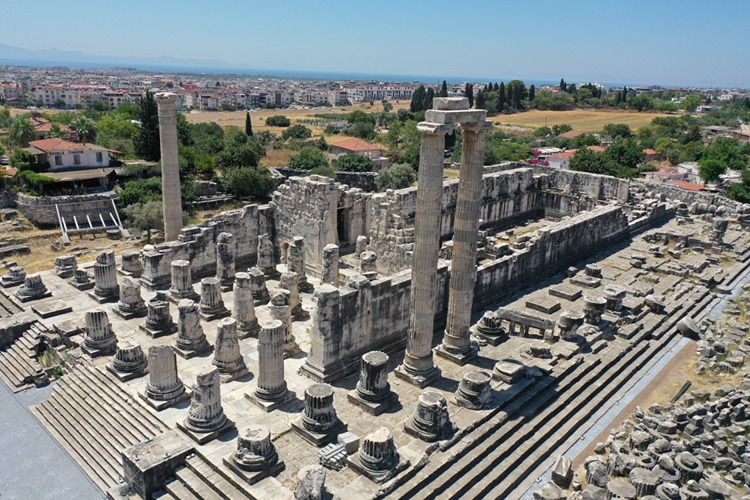
“We’ve completed nearly all the walking paths. Only a staircase section remains,” said Arife Aslan, Acting Director of the Miletus Museum. “The new welcome center will be ready in two to three weeks, and we’re excited to offer a more comfortable and atmospheric visit.”
A Temple That Redefines Ancient Grandeur at Night
Known as one of the largest temples of the ancient world built in the Ionic style, the Temple of Apollo is often compared to the famous Temple of Artemis at Ephesus. Ancient geographer Strabo once described it as a “temple within a forest of columns.”
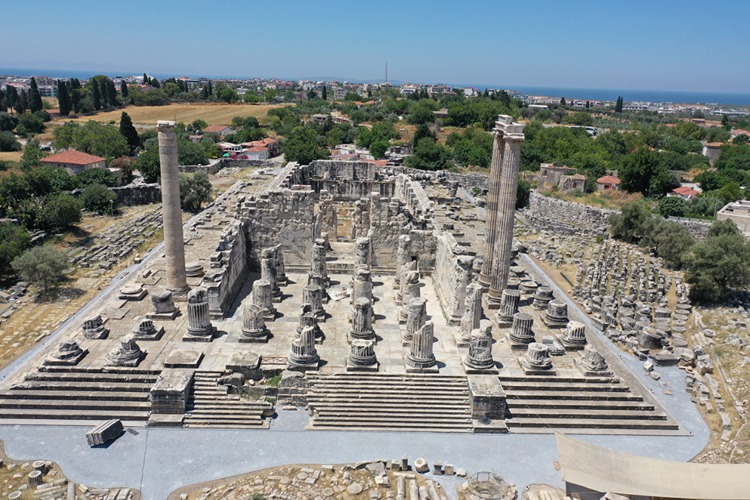
Now, with its new multi-toned lighting system, the temple’s grandeur is being reinterpreted for modern eyes. Aslan explains:
📣 Our WhatsApp channel is now LIVE! Stay up-to-date with the latest news and updates, just click here to follow us on WhatsApp and never miss a thing!!
“Apollo Temple has always been impressive, but the lighting adds a new dimension. Visitors will feel as if they’re walking through a monumental architectural dream.”
More Than Just Ruins: A Center for Kings and Prophecies
Dating back to the 8th century BCE, the temple served as a center of prophecy. Leaders from ancient civilizations—including the Pharaohs of Egypt, King Croesus of Lydia, and Persian rulers—are known to have consulted the oracles of Didyma before making crucial decisions, especially before wars.
Historical inscriptions even mention that Pharaoh Necho donated his armor to the temple, showcasing its spiritual and political importance.
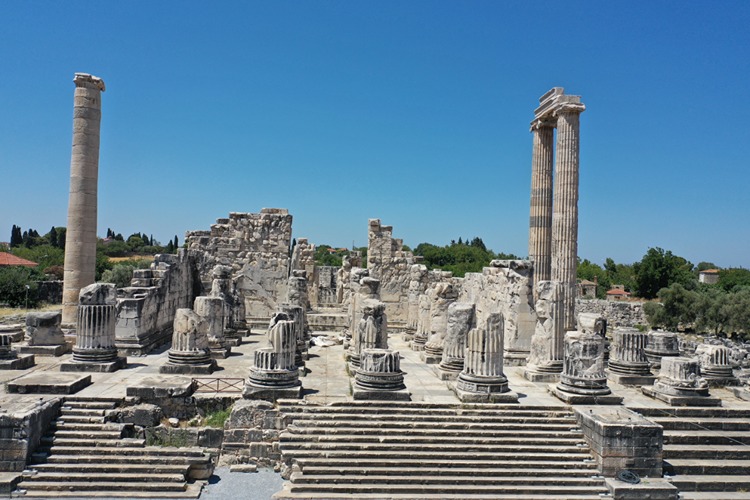
Tourism Expectations Rising with Night Museum Experience
The site currently attracts between 130,000 and 150,000 visitors annually, and officials expect a noticeable increase with the launch of nighttime visits.
“We believe this new experience will boost our visitor numbers,” Aslan noted. “It’s not just about sightseeing—it’s about feeling the sacred aura of a place that once shaped the decisions of kings and empires.”
Cover Photo: Ferdi Uzun/AA
You may also like
- A 1700-year-old statue of Pan unearthed during the excavations at Polyeuktos in İstanbul
- The granary was found in the ancient city of Sebaste, founded by the first Roman emperor Augustus
- Donalar Kale Kapı Rock Tomb or Donalar Rock Tomb
- Theater emerges as works continue in ancient city of Perinthos
- Urartian King Argishti’s bronze shield revealed the name of an unknown country
- The religious center of Lycia, the ancient city of Letoon
- Who were the Luwians?
- A new study brings a fresh perspective on the Anatolian origin of the Indo-European languages
- Perhaps the oldest thermal treatment center in the world, which has been in continuous use for 2000 years -Basilica Therma Roman Bath or King’s Daughter-
- The largest synagogue of the ancient world, located in the ancient city of Sardis, is being restored

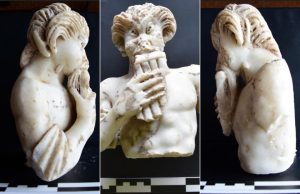
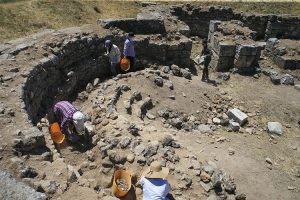
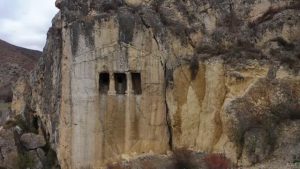
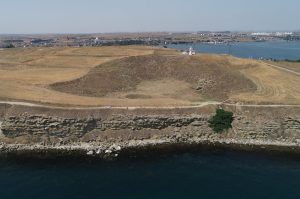
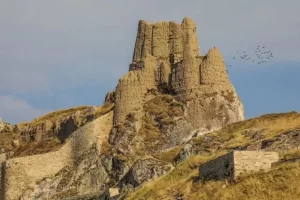
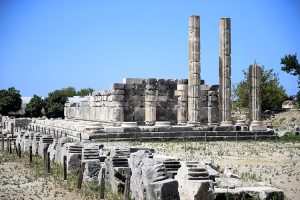


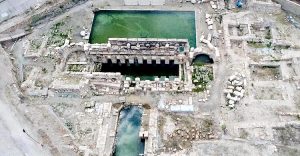
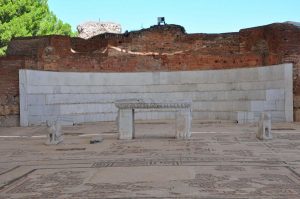
Leave a Reply